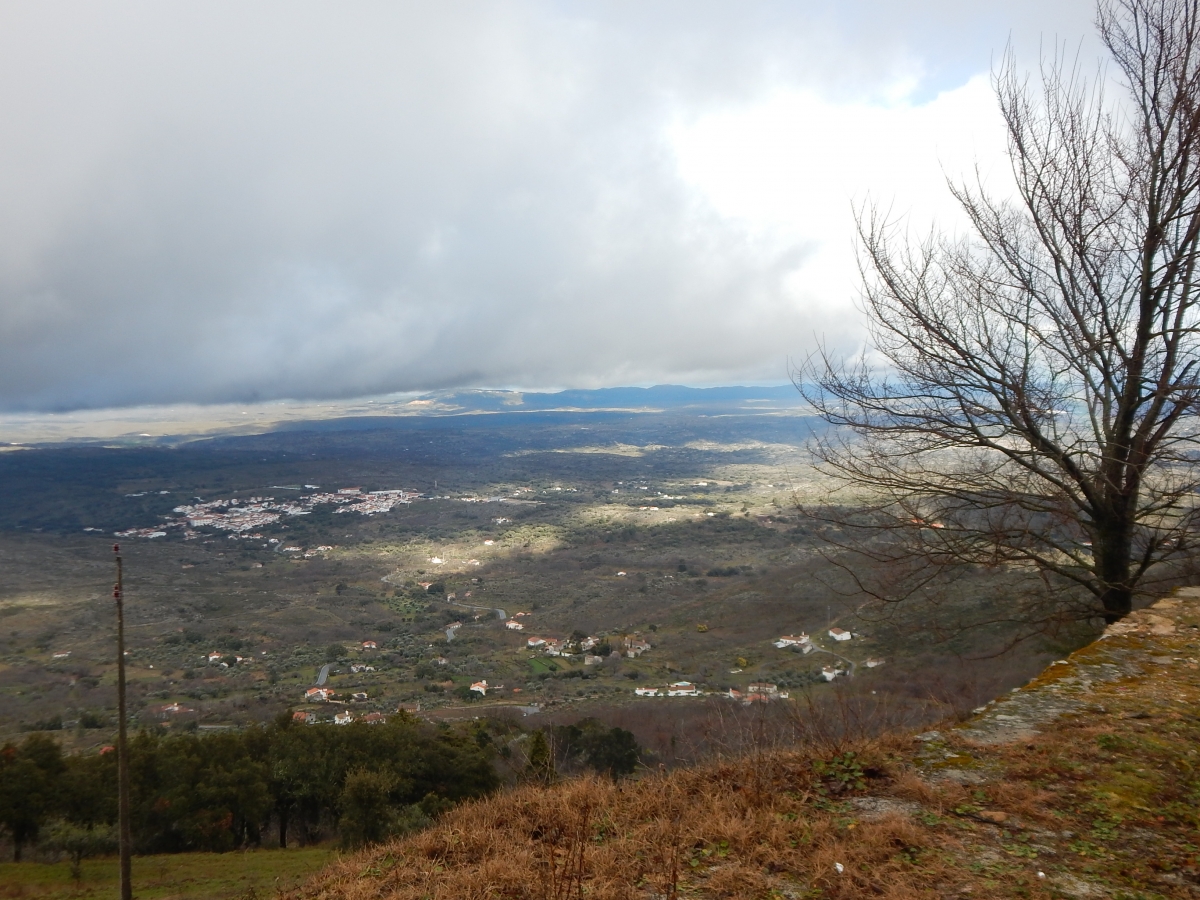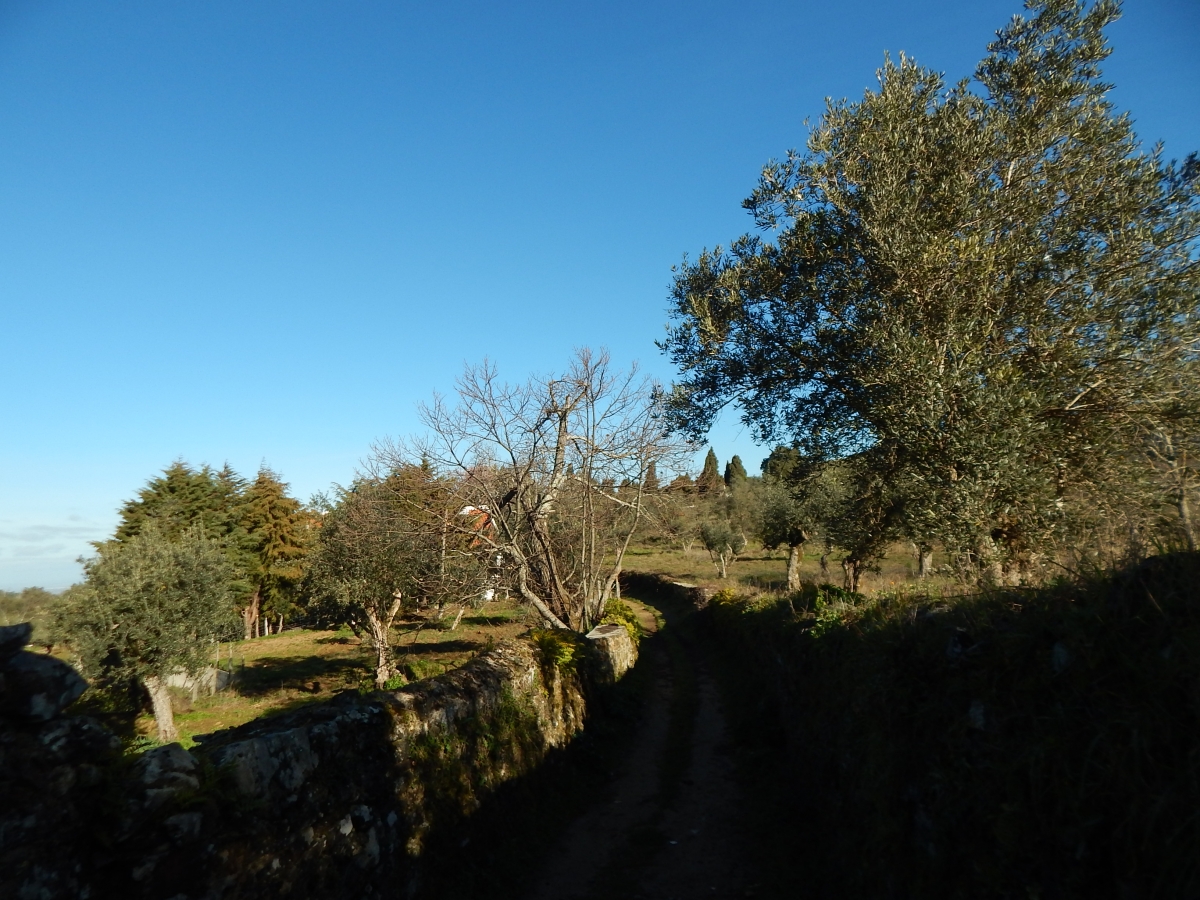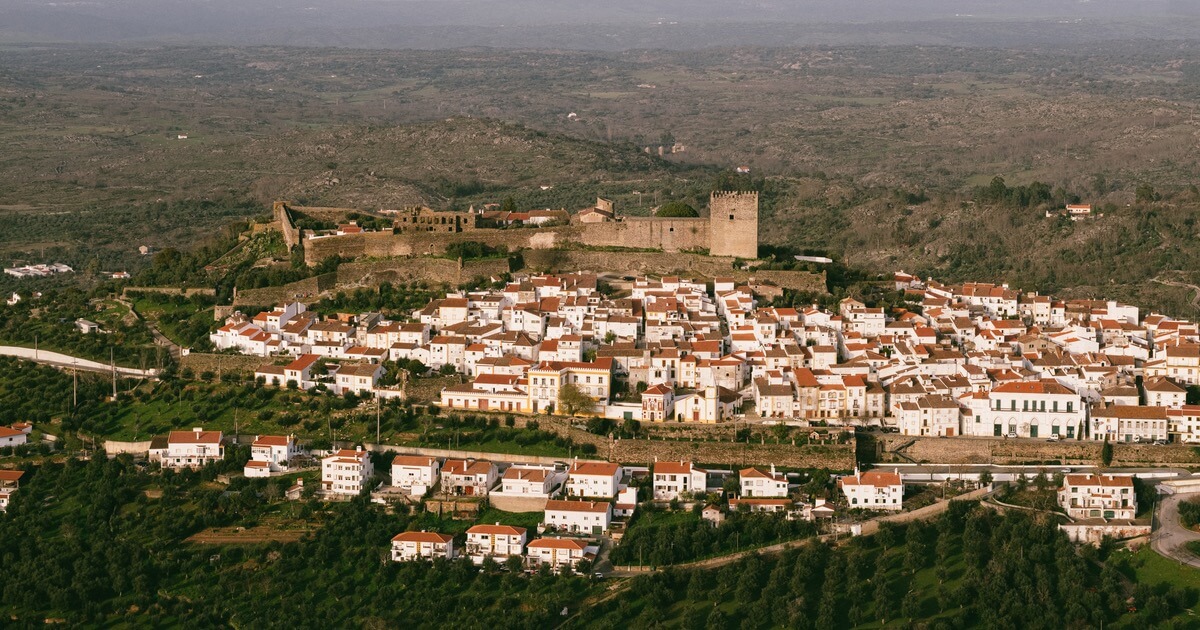Tourism Sertia || Gadalland and Aspern
-

Tourism Sertia is an official government-sponsored corporation.
-
Tourism Sertia Weekly Destination Bulletin
Episode 1: The West Olves
Esch'kim ayr, ordro da,
Ol daqer helven wyr."And I sat, viewing home,
From the mighty seat of Audiimo".
-- Excerpt from The Olven Chronicles, written in Sertian by Endra of Osperfey, c. 1234 ADThe West Olves, historically known as the West Owves or Helva Madou in Sertian, is the westernmost island, across the Olven Channel. Whilst it is also called the Nay'Duns, that is a more modern name given to it by English-speaking settlers in the early 1600s, which is a corruption of 'nigh dunes'.
The main biome in the West Olves is an inland swale, which consists of low, thick evergreen plants that can withstand many drastic changes in temperature, and endure without water for weeks. However, in the valleys where the climate is more temperate, deciduous trees grow in the small medieval villages.

In pre-Sertia, the West Olves were home to the Meisur, a nomadic population who lived in relative order and peace. They had extensive trade routes throughout the island, and, like the rest of Gadalland and Aspern, prospered off the fishing industry.
The West Olves were never truly involved in the conflicts that raged through the pre-Sertian mainland before the 1200s, due to its separation from the mainland and the fact those who lived on the mainland viewed it from the folklore they'd heard of demons and witches. Their economy, therefore, was quite insular, and much of the ancient architecture is still well-preserved.
The West Olves did not join the new Six Unions until 1240, when the Olvish people decided they would benefit from this new union, defensively and economically. However, the West Olves, known at that point as Helva, wanted to retain its sovereignty and government structure.
Verna II of Osperfey sent her eldest daughter, Endra, as the ambassador to Helva from Gadalland and Aspern. In the early 1300s, Helva joined Gadalland and Aspern and has since been called the West Olves.

southern approach into Baral, a small village by the Olven ChannelThe largest town in the West Olves today is known as Rasden, but the Olvish name is Hhaylafbakathyal. It is now a popular getaway for Sertian travellers, but was once an important military stronghold for the Olvish, built right before joining the Six Unions. This was to ensure Helva had a host city for diplomats and representatives from Sertia.

aerial view of RasdenThe West Olves is the source of wine for Sertia, and produces the finest Sertian wine and spirit in the country. Some notable names are Avol, Copna and Old Helven, which you can find in many restaurants around Gadalland and Aspern.
Itinerary for a long weekend holiday
Never been to the West Olves? This itinerary hits all the important bits, and more, in 4 days.
Day 1: Friday
- Arrive into Rasden via ferry from Plariaras or Diagonathroe, or through West Olves Airport if you're coming from somewhere other than Gadalland and Aspern.
- Get to your accommodation, and get sorted
- Go have some stewed Tilapia and a glass of Avol or three
Day 2: Saturday
-
Stay in Rasden for the morning to see the Parade of the Arda, an ancient Olven celebration of rest, which happens mornings on Saturdays. Then nip off to a cafe and grab a pastry.
-
Afterwards, grab a coach to the beach, and stay awhile! The water in the Olven Channel is notoriously Heavenly, and the Sun guarantees a fresh tan! Unlike the mainland, the West Olves have more automobile transport, which means no more of those slow horses!
-
Visit Henry's Beach, a restaurant (you guessed it!) right on the ocean with a lovely view, and sand for a floor.
Day 3: Sunday
If you don't get a four day holiday, file a Layeonic suit. But first, have a hearty breakfast at your accommodation, or go to Shinie's Diner before you head to the airport.
- Grab a coach going West, and stop off in Baral, a small town famous for it's wine. Any age can have a taste, as there is no official drinking age in the West Olves!
- Have a walk along the Western Ocean trail, which goes through Baral and along the sea. Pop off to the oceanfront, which offers a more quiet, and wild, sea-going experience.
- Explore the ancient ruins of Perengot Castle, or in Helven, Ribahjinda, situated on a hill.

Ribahjinda, approaching from the EastDay 4: Monday
- Off you get! Time to get back to real life. Get the ferry to Diagonathroe or Plariaras, knowing in your heart you are always welcome back to the West Olves!